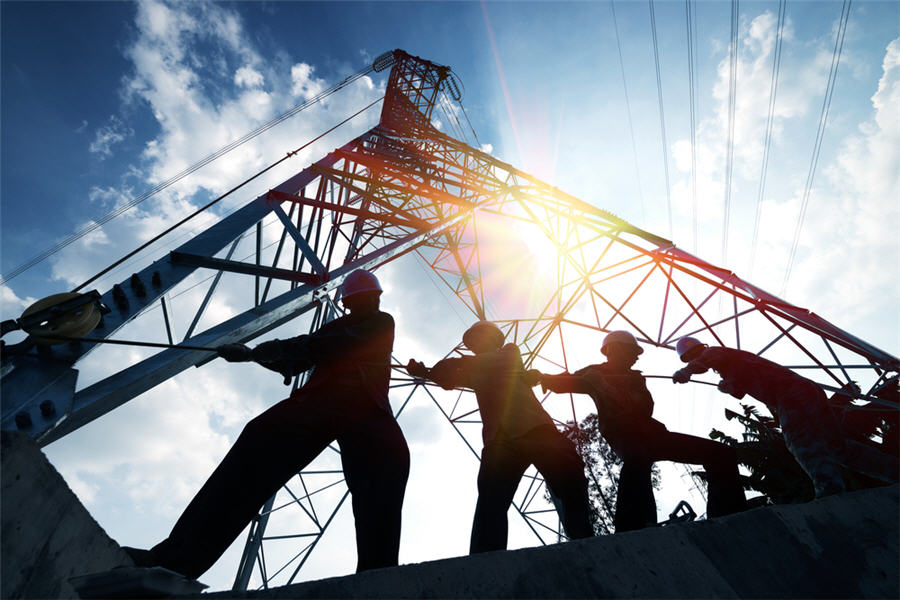
The Australian government has opened the door to using a $5 billion fund designed to attract investment in northern Australia, to develop clean-coal projects.
The Northern Australian Infrastructure Facility (NAIF), introduced last year, would offer loans of at least $50 million to projects in undeveloped regions of northern Australia, which covers 40% of the Australian continent but hosts just 5% of the population. But Resources Minister Matt Canavan stirred some controversy when earlier this month he suggested the fund could be tapped for clean-coal projects.
While federal ministers are suggesting that “ultra super critical” coal-power stations should be considered because they emit 30% less emissions than older coal plants, critics pan the idea, on both environmental and commercial grounds.
Clean coal refers to a collection of technologies that mitigate the environmental impacts of coal-generated electricity, including carbon capture and sequestration. While there are a number of demonstration projects in place throughout the world and especially in the United States, the technology is still relatively nascent.
“I’ve received some interest over the past week associated with our commitment to build base load power stations, including to support clean coal options,” Canavan told ABC News. He also cited a report stating that clean-coal power stations could be commercially viable in the north. “Some people might not realise that in North Queensland there is no base-load power station north of Rockhampton and industrial consumers in north Queensland pay often up to double the prices in southern Queensland,” ABC News quoted him saying.
The minister’s position is in line with the executive branch of the Australian government, which is framing a debate around energy security following recent blackouts.
Last week 90,000 customers of electricity provider Engie lost power when the company failed to switch on its Pelican Point gas plant during a heatwave. In September 1.7 million residents of South Australia were left in the dark after two tornadoes destroyed critical infrastructure.
Energy security in Australia has been thrust into the limelight with the closures of coal-fired power plants, including the Hazelwood power station. In 2015 AGL Energy Ltd, one of Australia’s main electricity providers, said it will shut all of its existing coal-fired power plants by 2050 to curb greenhouse gas emissions. Australia’s No.2 power retailer added it would never again build or buy any coal-fired power plants, unless they come equipped with a carbon capture and storage facility.
The government has invested some $590 million in clean-coal technology since 2009, but Australia has yet to have a low-emissions power station.
While federal ministers are suggesting that “ultra super critical” coal-power stations should be considered because they emit 30% less emissions than older coal plants, critics pan the idea, on both environmental and commercial grounds.
According to a report in The Guardian, the federal government’s Clean Energy Finance Corporation says clean coal is “seriously challenged” as a commercial investment because the prices of renewable energies are declining. Moreover, the environmental benefits of clean coal are being questioned. Updated data reported by RenewEconomy shows that government estimates of emissions from ultra super critical plants are actually above the current Australian average, and that there is little difference between emissions from the clean-coal plants proposed by the government and emissions from regular coal plants that currently exist in Australia.
5 Comments
Geosteff
Nuclear power is a lot cleaner ……high capex but over the long term, in a stable, poorly populated area, like much of Australia, it remains a logical alternative with the source right on the doorstep.
patentbs
What kind of a dummy would believe that the ‘clean coal’ plants would emit more than the existing plants?
Some kind of error there someplace.
Kenneth Viney
Man made global warming because of CO2 emissions is a hoax and a fraud. The progressives claim both ice packs have been shrinking these past 40 years. FACT:
The Antarctic ice pack has increased about 5% during the last 40 years and 10% during the past 10 years. There is no ice pack in the Arctic as there is no continent on which to form same. Ice cores in the Antarctic prove the earth was about 4-5 C warmer than the last 100 years. Was power plant CO2 responsible? Give your head a serious shake.
FIFO68
The RenewEconomy website is an anti-coal propoganda machine whose sole purpose is to cherrypick data and create the illusion that coal is dead and renewables are booming.
Its all lies.
golddigger69
Look at what Sandfire has done with renewables. If we want to open up more of the continent, we have to find cheeper ways than running electricity lines hundred of kms from traditional power plants to where it is needed. Only renewables can provide on-site power at a low cost.
Clean coal? You make me laugh! Has anyone not noticed the heatwaves all across the country this year which are extending the 2015 and 2016 global heat records. Sounds like FIFO68 just wants a job, his children be damned!